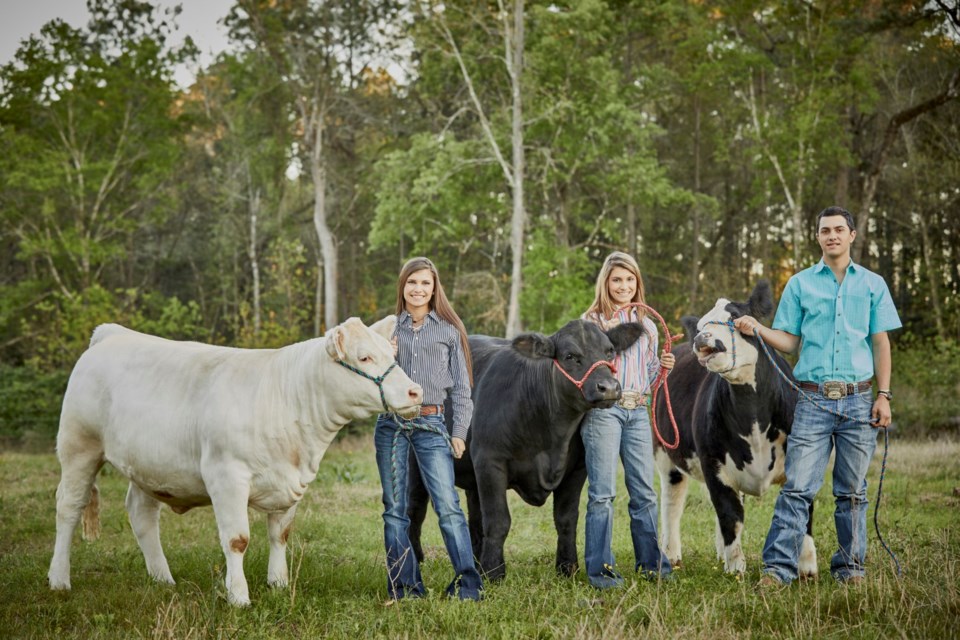Are you taking animals to town for a show, rodeo or fair? Are you responsible for seeing tags are in place when you hit the road, at the event and reporting any changes to the animals’ registered status should re-tagging be needed?
The current answer is yes.
The Canadian Food Inspection Agency has proposed changes to rules for animal movement and among them, it recommends that event organizers play a greater role in livestock traceability.
The CFIA has identified shortcomings in the tracking and tracing of animals in Canada. In some cases, reporting the movement of animals is not required, and where it is, the CFIA suggests that a 30-day deadline to report movement is too long.
It also suggests that providing the locations of farm premises and animal locations isn’t accurate enough for its desired traceability. It wants to use the latest technologies for animal identification to encourage innovation and move beyond current systems of animal record keeping.
For the most part the proposed amendments to Health of Animals Regulations mesh well with what the agriculture and processing sectors say is needed to create a state-of-the-art animal traceability system.
When — not if — a serious disease outbreak occurs in Canada, the industry needs to react in hours and days, not weeks and months. Infected animals, farms, trucks and processors must be identified and isolated to contain spread and allow swift treatment and control. This serves the whole of the business, including its reputation nationally and internationally.
Right now, only cattle, sheep and bison must be tagged. New rules would add cervids and goats to that list. Movement reports for pigs must be filed to CFIA within seven days. Other livestock movement reports are allowed 30 days, except for bison which is 60.
Geographic locations of animals are often tied to a farm business location, the premises ID, not to the animal’s whereabouts. The provinces of Quebec, Alberta, Saskatchewan, Manitoba, Prince Edward Island and British Columbia do require a more refined location report, but CFIA wants this to be part of a national system.
The agency also proposes creation of a central database rather than having each farm responsible for holding its animal records for five years.
New regulations would require that all animal movement be reported within seven days of relocation, except within a farmer’s own operation, and this would be the responsibility of the receiver at the destination. The receiver would be expected to document every animal’s arrival, departure, mode of transport and identification.
This would affect organizers at fairs, exhibitions, rodeos and even 4-H achievement days where many animals are shown and potentially mingle.
But most venues for these activities are not set up with handling facilities, nor do they have staff to do the proposed tasks. Such events are usually run by volunteers, and manpower is generally in short supply.
The Canadian Association of Fairs and Exhibitions has met with the CFIA to explain the challenges but the agency has rejected the idea of exemptions.
CFIA’s stance might result in the end of many smaller shows and events, including 4-H.
Commingling is always a risk, but shows are an important part of the industry and the culture of agriculture. CFIA’s goals are laudable, but it should spread this reporting burden around and leave it to professionals, the farmers who bring their animals to town.
Let the owners of the animals ensure tagging and reporting is done and that their animals are fully traceable.
Karen Briere, Bruce Dyck, Barb Glen and Mike Raine collaborate in the writing of Western Producer editorials.




